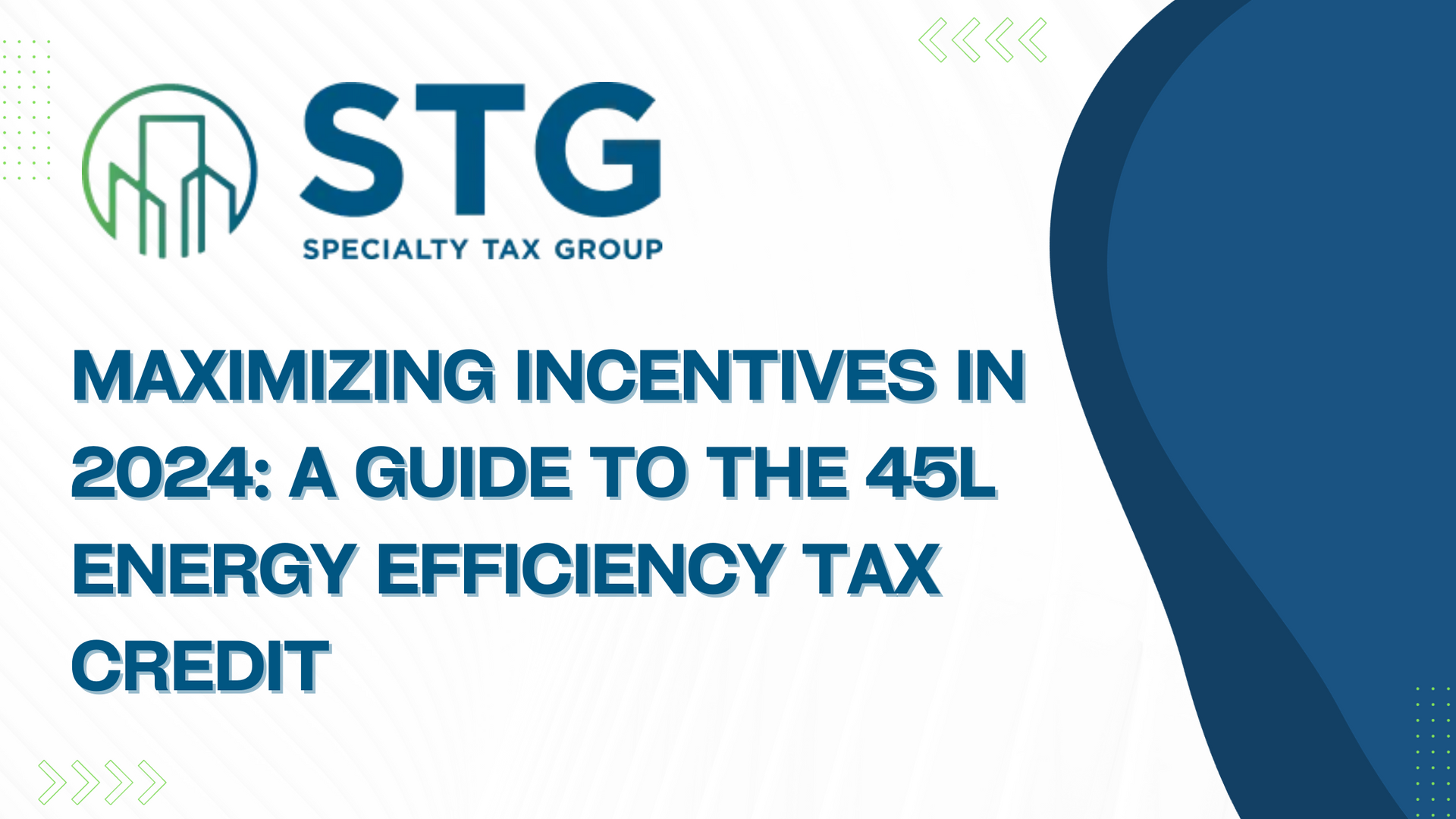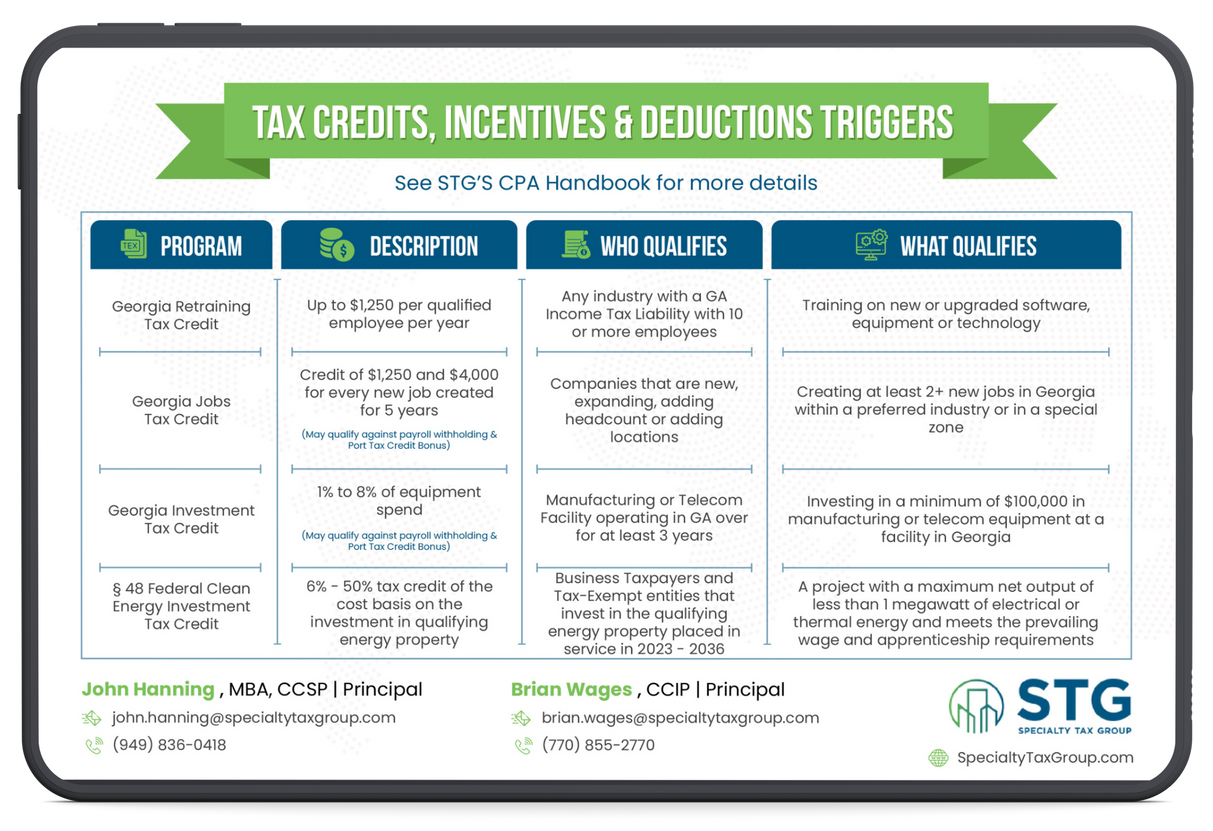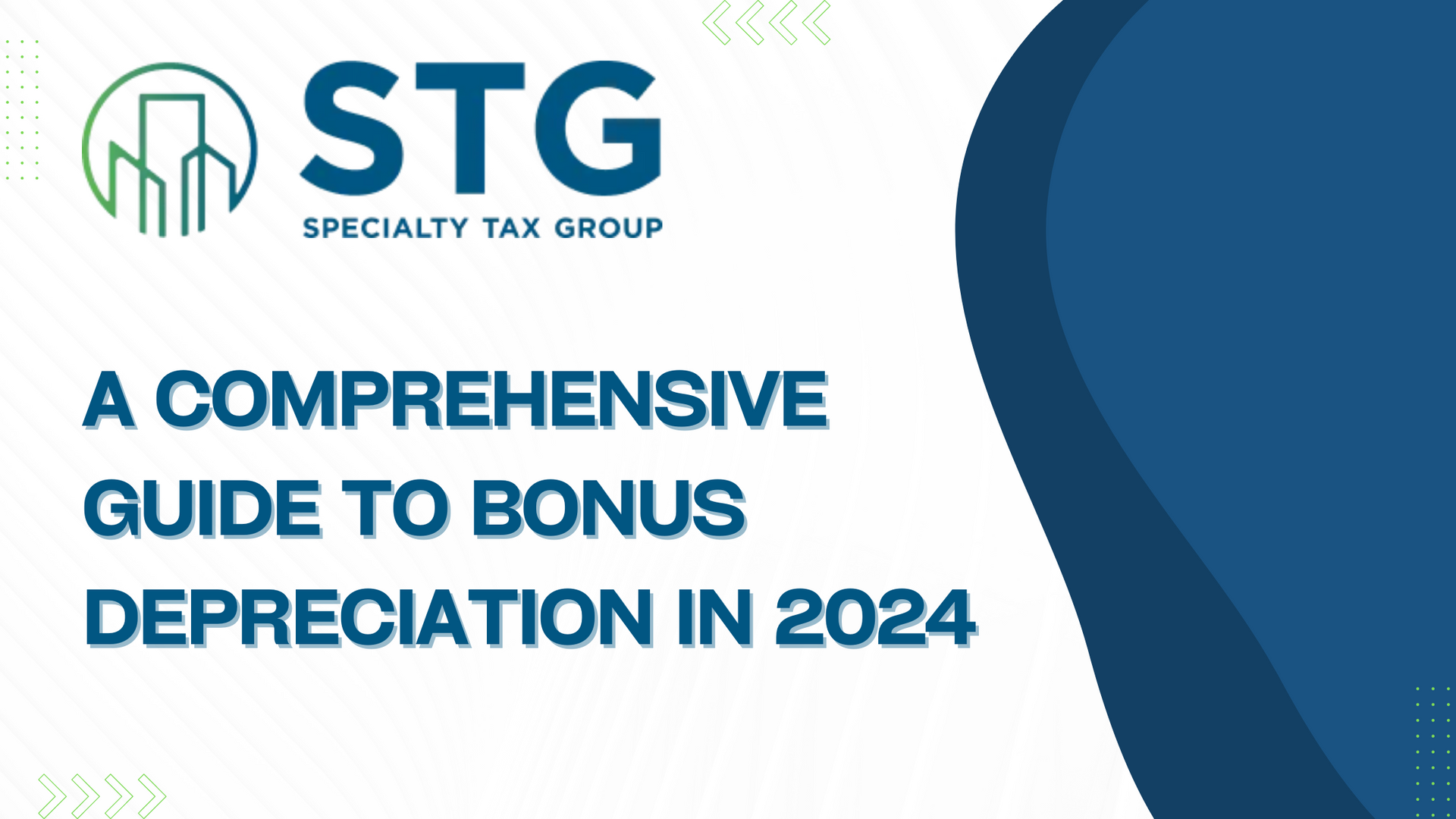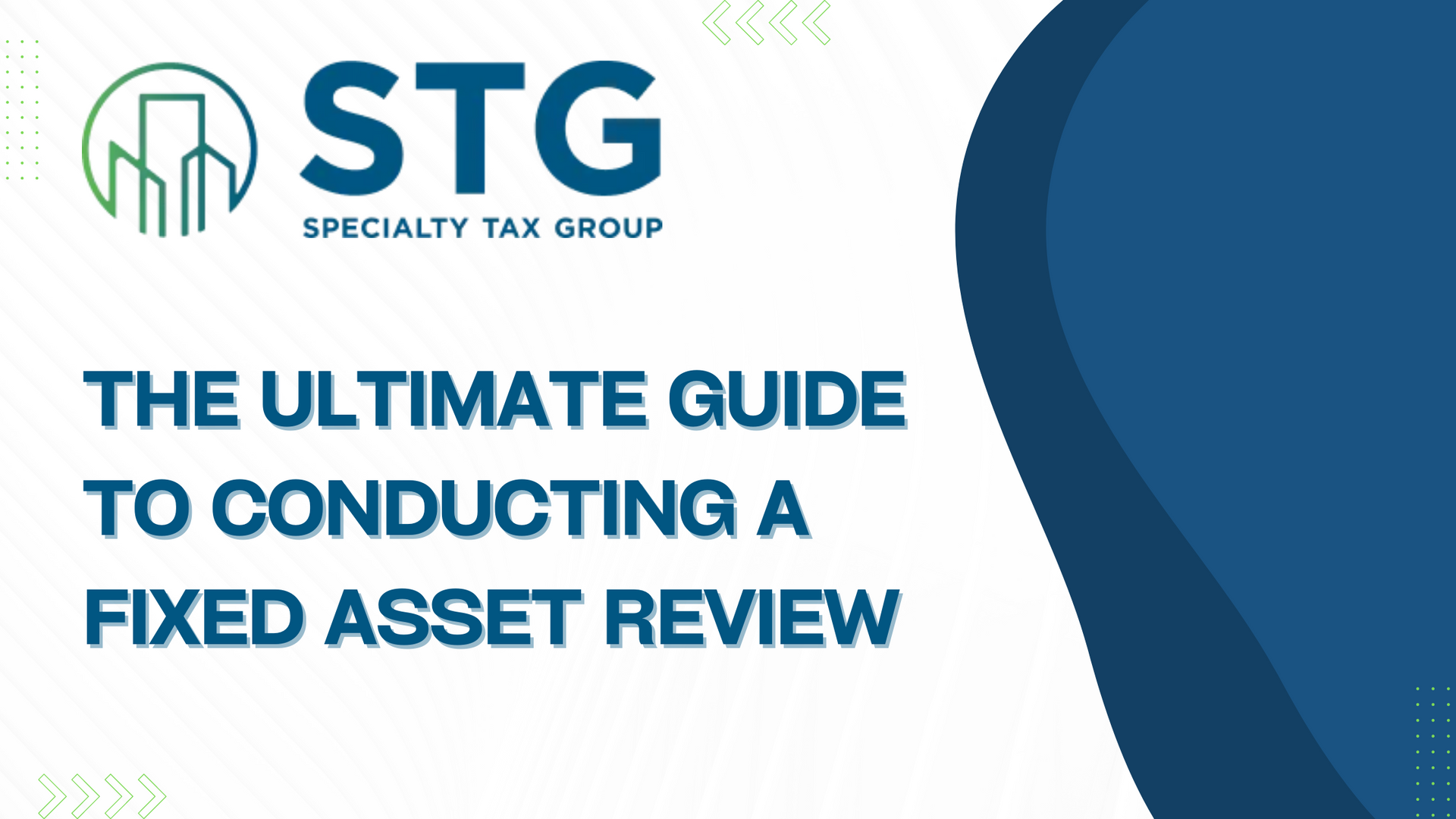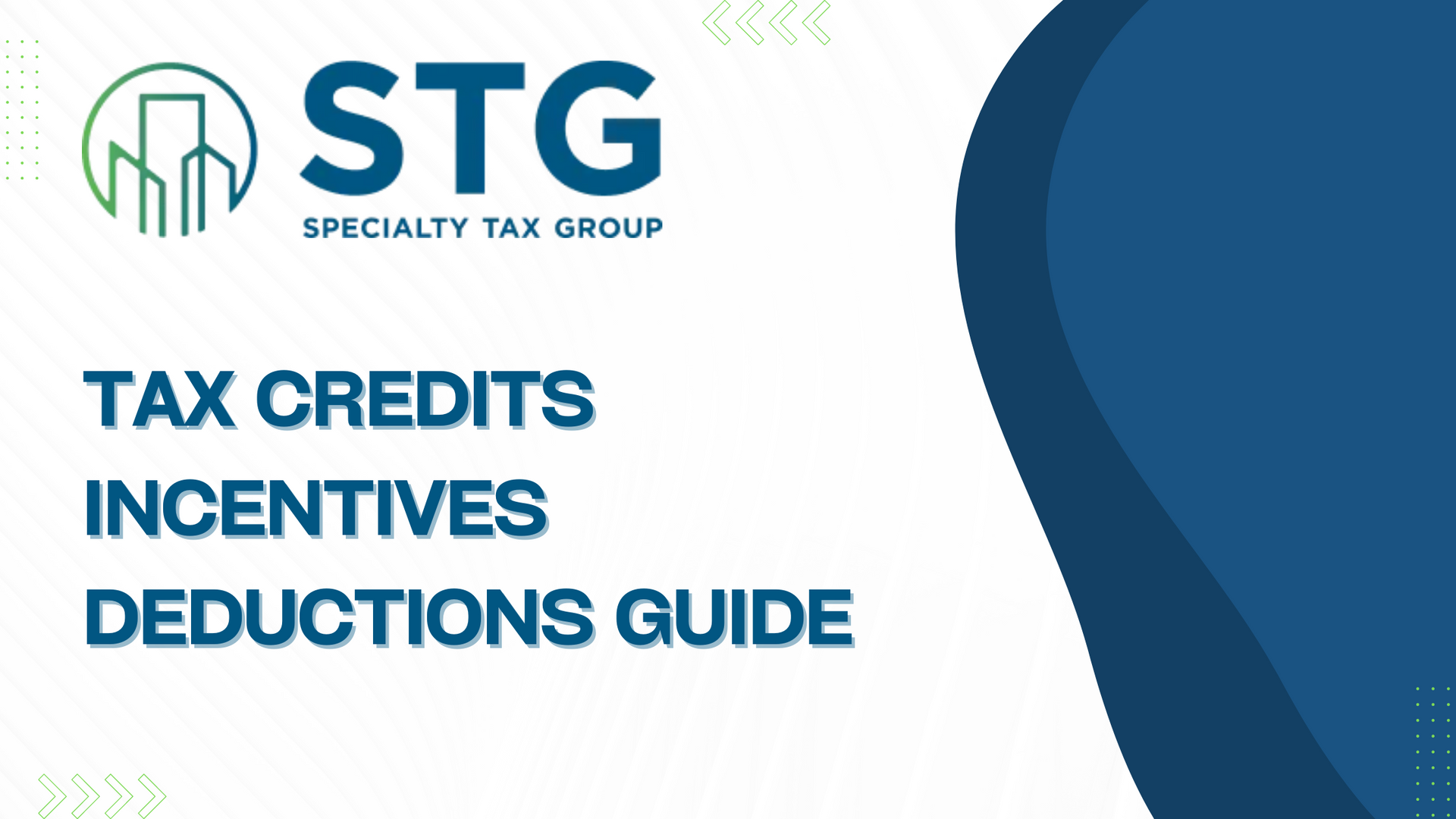This blog post has been researched, edited, and approved by John Hanning and Brian Wages. Join our newsletter below.
Newsletter Form
Thank you for joining our newsletter. We will email you the latest updates every other Thursday at 12pm.
Please try again later.
The 45L Tax Credit remains a pivotal provision in the U.S. tax code, encouraging the construction of energy-efficient homes and other residential buildings. While this article looks ahead to the ongoing impact in the tax year 2023 and beyond, it's important to note that the significant changes under discussion were effective from January 1, 2023, as part of the Inflation Reduction Act.
In a world increasingly confronted with the challenges of climate change and environmental degradation, the construction of energy-efficient homes has become more of a necessity. The 45L Tax Credit serves as a vital mechanism to encourage green building practices, aiming to reduce our collective environmental footprint.
The modifications made in 2023, have already begun reshaping the landscape of energy-efficient construction. It's imperative for industry professionals and homeowners to understand these changes and their implications for the future
What is the 45L Tax Credit?
The primary aim of the 45L Tax Credit is to stimulate the construction of energy-efficient residential buildings, thereby contributing to energy conservation and reducing the environmental impact of these structures. This incentive is a catalyst for home builders and developers, motivating them to integrate energy-saving features into their home designs. These features often encompass enhanced insulation, efficient heating and cooling systems, and energy-saving windows and doors.
This incentivization to adopt new technologies and methodologies leads to a notable decrease in energy consumption. This reduction plays a crucial role in combating the adverse effects of climate change. Additionally, the 45L Tax Credit bears economic benefits. By lowering the costs associated with building energy-efficient homes, it renders these homes more accessible to consumers.
This affordability can invigorate the housing market, potentially leading to increased job opportunities in the construction sector. Homeowners, too, stand to gain, as they can enjoy reduced energy bills, thereby freeing up their financial resources for other uses.
Changes from 2023: What You Need to Know
As we look forward, the eligibility requirements for the 45L Tax Credit have evolved, marking a substantial shift in its application. These changes, effective from January 1, 2023, have significant implications. Here's a breakdown:
- Heightened Energy Efficiency Standards: One of the key changes is the heightened energy efficiency standards. Residential structures seeking to qualify for the tax credit must now exhibit energy efficiency levels that are 50% above the standards set by the 2006 International Energy Conservation Code (IECC) and its supplements. This marks a significant elevation in the energy-saving benchmarks required for qualification.
- Extension to Renovations: Another notable change is the extension of the tax credit to encompass renovations and retrofits of existing homes, in addition to newly constructed ones. This expansion means that homeowners undertaking energy-efficient improvements in their existing residences are now eligible for the tax credit, broadening the scope of the incentive.
- Eligibility for Taller Buildings: The credit previously applied only to newly constructed or renovated residential buildings that are three stories or less. After the Inflation Reduction Act, the eligibility is also expanded to include buildings that are more than three stories tall.
- Broader Definition of 'Eligible Contractor': The definition of 'eligible contractor' has also been broadened. Previously limited to the individual or entity responsible for constructing the property, it now includes any person who undertakes energy-efficient improvements in a dwelling. This alteration opens the door for a more diverse range of professionals within the residential construction and renovation industry to benefit from the credit.
- Clarified Certification Requirements: Lastly, the IRS has provided more clarity on the certification requirements for the 45L tax credit. To qualify, the dwelling unit must undergo verification by a qualified third-party, utilizing software endorsed by the Residential Energy Services Network (RESNET) or a similar authoritative body. This ensures that the energy efficiency improvements adhere to the requisite standards, maintaining the integrity and purpose of the tax credit.
Impact on Builders and Developers
For builders and developers, the updates to the 45L Tax Credit present both challenges and opportunities. A critical aspect of these changes is the potential increase in the tax credit amount. This enhancement could serve as a financial incentive, particularly for those constructing energy-efficient homes and multi-family residences.
The increased tax credit is seen as a way to balance the scales financially, offsetting the costs associated with implementing energy-efficient technologies. This makes it more financially feasible for builders and developers to embark on such projects, possibly leading to a surge in the construction of energy-efficient buildings.
Another consequential shift is the broadening of the scope of structures that qualify for the 45L Tax Credit. This expansion could unlock new avenues in the residential sector for builders and developers. This extension is not just a business opportunity; it aligns with broader environmental objectives by incentivizing the modification of older, less energy-efficient buildings.
Qualifying for the 45L Tax Credit: Two Paths to Incentives
For builders, developers, and homeowners looking to take advantage of the 45L Tax Credit, it’s important to understand that there are two primary paths to eligibility, each with its own set of benefits.
Path 1: ENERGY STAR Certification
The first path involves constructing homes that achieve ENERGY STAR certification. Properties that are certified under the ENERGY STAR residential new construction or manufactured new homes programs and sold or leased after December 31, 2022, can qualify for a tax credit of $2,500 per unit. This path encourages builders to meet or exceed energy efficiency standards recognized across the country for new homes.
Path 2: Zero Energy Ready Homes (ZER) Program
The second path is designed for those aiming to reach the pinnacle of energy efficiency. Homes that qualify under the Zero Energy Ready Homes program can achieve an even more generous tax credit of $5,000 per unit. This program sets the bar higher, aiming for a level of efficiency where the home’s total energy consumption is roughly equal to the renewable energy it creates.
Meeting Wage and Apprenticeship Requirements
It’s critical to note the prevailing wage and apprenticeship requirements that come into play, particularly for multi-family units. To qualify for the full benefits of the 45L Tax Credit under either path, multi-family projects must adhere to these requirements. While single-family homes are exempt from this stipulation, it’s a pivotal factor for multi-family developers.
Incentives for Multi-Family Units Not Meeting Wage Requirements
Multi-family units that do not meet the prevailing wage and apprenticeship requirements are still eligible for a tax credit, albeit at a reduced amount. These units can qualify for a $500 tax credit per unit under the ENERGY STAR program. If they meet the Zero Energy Ready Homes program standards, the credit increases to $1,000 per unit. This tiered structure provides options for multi-family projects at varying levels of wage and apprenticeship compliance.
Preparing for 2024: Tips and Best Practices
- Understand the 45L Tax Credit Details: Start by thoroughly familiarizing yourself with the specifics of the 45L Tax Credit. Grasping the eligibility criteria, the types of residential structures that qualify, and the required energy efficiency standards is essential. This knowledge will not only prepare you for 2024 but also help you understand their broader implications.
- Stay Informed: Regularly check for updates from the IRS and other relevant authorities. The IRS website, along with its newsletters and bulletins, often provides crucial updates on tax laws and credits. Additionally, consulting with a tax professional who specializes in energy-efficient tax credits can provide deeper insights and guidance.
- Conduct Energy Audits: Consider performing energy audits on your residential structures. These audits are instrumental in pinpointing areas where energy efficiency can be improved, potentially aligning your properties with the 45L Tax Credit requirements. Many utility companies offer these audits either for free or at a discounted rate.
- Budget for Upgrades: Anticipate and plan for the costs that may arise from making your properties more energy-efficient. Depending on the updated criteria for the 45L Tax Credit in 2024, investments in energy-efficient appliances, better insulation, or other upgrades may be necessary. Starting to budget for these costs now is a prudent step.
- Maintain Detailed Records: Keep comprehensive records of all your energy efficiency improvements. When it comes time to claim the 45L Tax Credit, you'll likely need to provide this documentation, including receipts for energy-efficient installations, energy audit reports, and any certifications of energy efficiency.
- Consult a Tax Professional: Given the complexity of tax laws and the significance of these changes, engaging a tax professional is advisable. They can offer customized advice for your specific situation and assist you in maximizing the benefits of the 45L Tax Credit changes.
- Look Beyond the Tax Credit: While the immediate financial incentives of the 45L Tax Credit are significant, also consider the long-term benefits of energy efficiency. Energy-efficient homes offer enhanced comfort, lower heating and cooling costs, and a reduced carbon footprint. These aspects can be compelling selling points in the future.
How STG Can Guide You
As we navigate the changes effective from 2023, it's crucial to stay informed and adapt to the evolving standards. Specialty Tax Group (STG) can assist in ensuring that your projects meet these updated criteria and help you maximize the benefits of the tax credit.
With our expertise in tax incentives and energy-efficient building practices, STG can provide invaluable assistance in ensuring that your projects not only meet the updated criteria but also reap the maximum benefits of the tax credit.
Whether you're a builder or a developer consider partnering with STG to optimize your approach to these changes.
Reach out to Specialty Tax Group today, and take a decisive step toward aligning with the future of energy-efficient construction and maximizing your potential benefits under the 45L Tax Credit framework.
2024 Tax Guide
Ready For A Conversation?
Contact us today and our friendly team will reach out as soon as possible.
Our Recent Posts
Read Our Blogs
All Rights Reserved | Specialty Tax Group | Powered by Automationlinks | Privacy Policy

